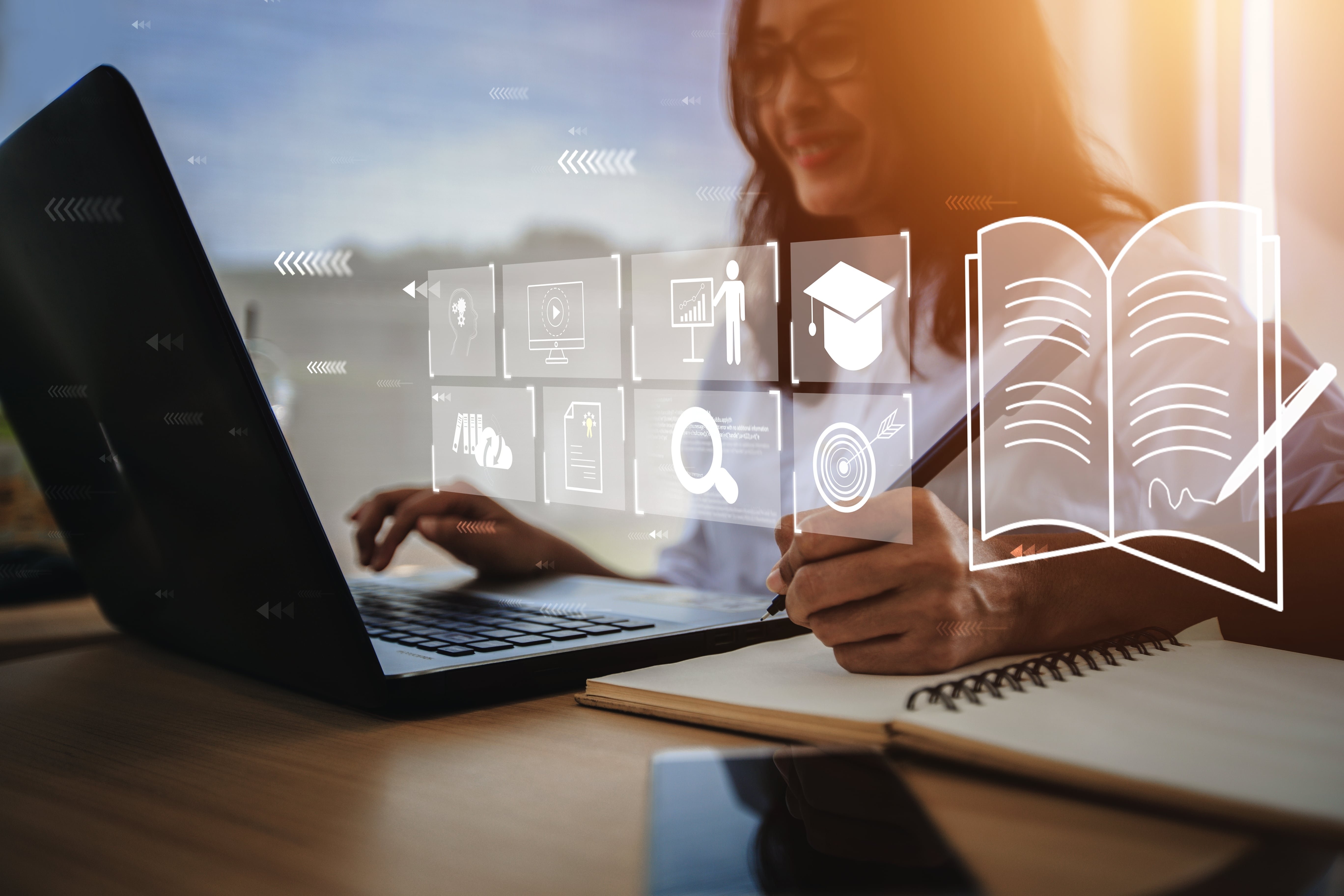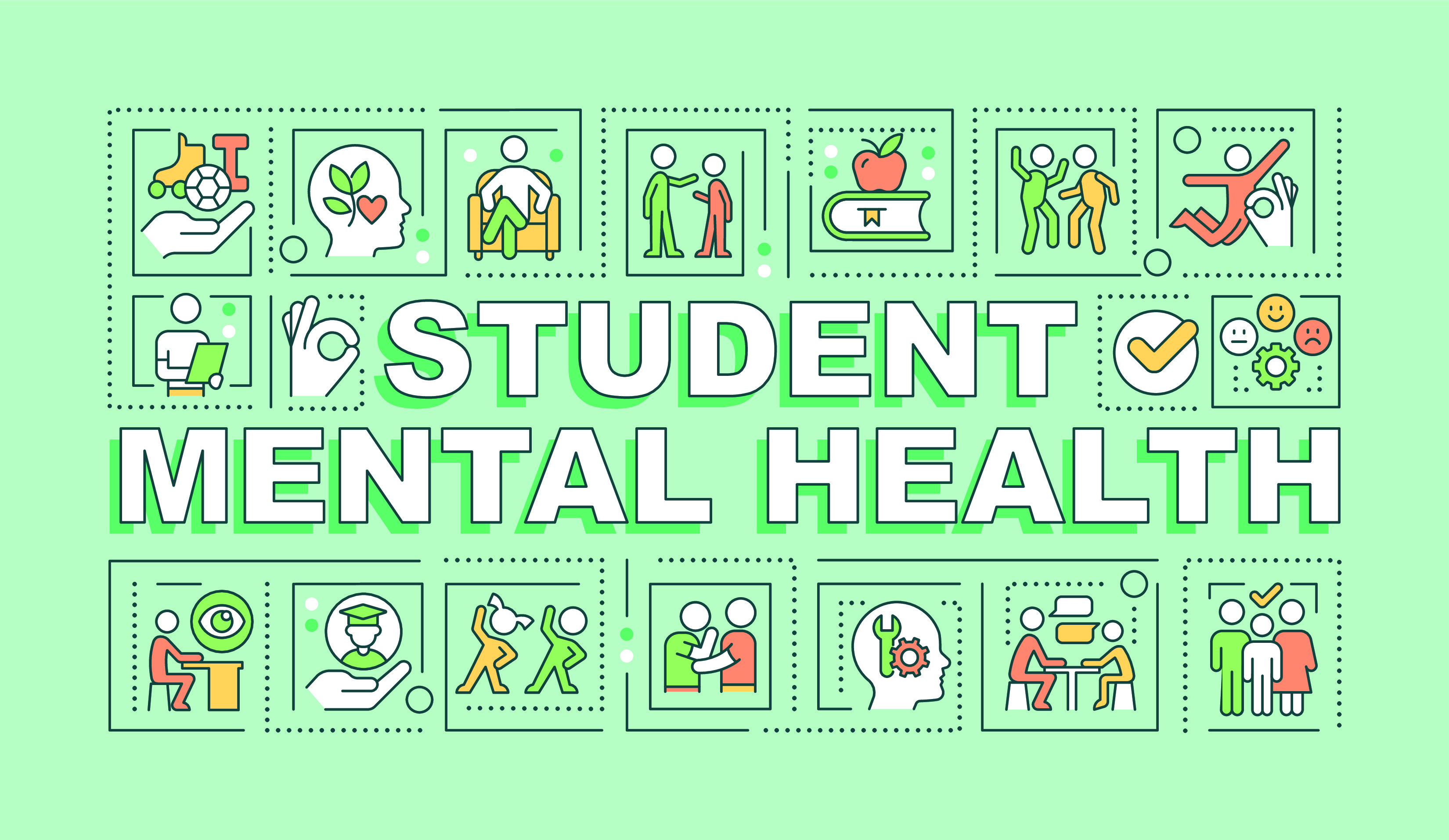Ed Tech Blog

Introduction
Effective communication is the cornerstone of a thriving educational environment. It plays a crucial role in fostering understanding, building relationships, and facilitating collaboration among students, parents, and educators. When communication flows smoothly, it not only enhances learning outcomes but also empowers all parties involved to contribute meaningfully to the educational journey. In this blog post, we will delve into the importance of maintaining a balanced dialogue among parents, teachers, and students. Each group brings unique perspectives and needs to the table, and finding harmony in these discussions is essential for creating a supportive and productive learning atmosphere. Join us as we explore strategies for effective communication that ensure everyone’s voice is heard, leading to a richer educational experience for all.
Balanced communication in education is essential for cultivating a collaborative atmosphere among parents, teachers, and students. Each party plays a unique role in this dynamic. Parents are crucial advocates for their children, providing support and encouragement while also listening to educators' insights. Teachers, on the other hand, serve as guides and mentors, sharing vital information about student progress and needs. Students, the central figures in this equation, bring their own perspectives and feelings, making their involvement critical for meaningful dialogue. When all voices are respected and heard, the benefits extend far beyond improved relationships; they directly influence student outcomes, fostering engagement, motivation, and academic success.
Setting the Stage for Discussion
Creating a Safe Environment: To facilitate productive discussions, it’s vital to create a respectful and open atmosphere. A safe space allows participants to express their thoughts and concerns without fear of judgment. This kind of environment encourages honesty and vulnerability, which are key to effective communication. Parents and teachers can foster this safe space by actively encouraging participation and validating all contributions. Simple practices, like using inclusive language and...
Read more: Building Bridges: The Importance of Balanced Communication in Education

Classroom management is a cornerstone of effective teaching, and one of the tools often employed to maintain order and encourage positive behavior is the student behavior chart. These charts, typically displayed prominently in classrooms, track and reward students' behavior, offering a visual representation of their conduct over time. For many teachers, behavior charts are seen as a straightforward way to promote good behavior and address disruptions. However, as educational practices evolve, so too does the debate around their use. Are behavior charts truly effective in managing classroom behavior, or do they pose challenges that outweigh their benefits? In this post, we'll explore whether behavior charts are the best tool for encouraging positive behavior in today's diverse and dynamic classrooms.
What Are Student Behavior Charts?
Student behavior charts are visual tools used by teachers to monitor and encourage students' conduct in the classroom. They come in various forms, each with its unique approach to tracking behavior. One common type is the clip chart, where students move a clip up or down a chart based on their behavior throughout the day. Sticker charts, another popular option, allow students to earn stickers for good behavior, which can then be accumulated toward a reward.

In today's dynamic educational landscape, authentic learning has become a pivotal approach for engaging students in meaningful and relevant experiences. Authentic learning refers to educational activities that closely mimic real-world scenarios, allowing students to apply their knowledge and skills in practical, hands-on contexts. Instead of simply memorizing facts or following prescribed formulas, students engage in tasks that prepare them for the complexities of life beyond the classroom. This approach fosters critical thinking, problem-solving, and collaboration, helping learners develop a deeper understanding of the subject matter.
Multimedia plays an essential role in modern education by offering diverse ways to deliver content and engage students. By integrating text, video, audio, and interactive elements, educators can create richer, more engaging experiences that cater to different learning styles. Multimedia projects, such as digital storytelling, podcasts, and video presentations, provide opportunities for students to take ownership of their learning, apply theoretical concepts in creative ways, and collaborate with peers. These projects also prepare students for a media-driven world, equipping them with the skills to navigate and produce various forms of digital content.
The purpose of this blog is to explore how multimedia projects can enhance authentic learning experiences. Through real-world examples and practical strategies, we’ll...
Read more: Authentic Learning Unleashed: The Role of Multimedia in Education

Outdoor learning has long been recognized for its ability to engage students in hands-on experiences, foster a deeper connection with nature, and enhance critical thinking skills. However, as educational technology becomes increasingly integral to modern learning, a new challenge arises: how can students effectively use digital tools in outdoor settings where internet connectivity is limited or non-existent? This blog aims to bridge that gap by exploring practical solutions that allow students to seamlessly integrate educational technology into their outdoor learning experiences, even in the most remote locations. From offline apps to innovative devices, we'll guide you through strategies to ensure that the benefits of digital learning aren't confined to the classroom.
Benefits of Outdoor Learning with Technology
Integrating technology into outdoor learning environments offers a wealth of benefits that can transform the way students engage with their surroundings. First, using educational technology outdoors can significantly enhance student engagement and creativity. The blend of nature and digital tools allows students to explore concepts in real-world settings, fostering curiosity and innovation as they interact with their environment in new and exciting ways. Additionally, outdoor learning with technology helps students apply classroom concepts to real-world scenarios, making abstract ideas more tangible and easier...

Mental health is a crucial aspect of overall well-being, especially for students navigating the challenges of school life. In recent years, the importance of mental health in educational settings has become increasingly recognized, with schools striving to create supportive environments that foster emotional and psychological growth. Technology, with its ever-expanding capabilities, offers innovative solutions to address mental health challenges in schools. From apps that provide mindfulness exercises and stress management techniques to platforms that facilitate anonymous counseling and peer support, technology is transforming the way mental health is approached in educational institutions. By integrating these digital tools, schools can offer more accessible and effective support to students, ultimately promoting a healthier and more conducive learning environment.
Current State of Mental Health in Schools
The current state of mental health in schools presents a concerning picture, with an increasing number of students experiencing anxiety, depression, and other mental health issues. Statistics reveal that one in five adolescents suffer from a mental health disorder, and suicide rates among young people are alarmingly high. These challenges are compounded by the stigma associated with mental health, a lack of resources, and the pressure on educators to manage not only academic but also emotional well-being.
Read more: Transforming Student Mental Health: The Power of Technology in Schools

Setting high demands and expectations in school is a topic that often sparks debate among students, parents, and educators alike. On one hand, having high expectations can drive students to excel, pushing them to achieve more than they might have thought possible. On the other hand, excessive demands can lead to stress, burnout, and a loss of motivation. This raises an important question: Is it truly beneficial to maintain high demands and expectations in an educational setting? As we explore this topic, we will delve into the potential advantages and challenges of setting the bar high in school, and consider how to strike the right balance to foster both academic success and personal well-being.
Understanding High Demands and Expectations
In the context of school, "high demands" refer to the rigorous academic, behavioral, and extracurricular standards set by educators, parents, and sometimes the students themselves. These demands might involve a challenging curriculum, strict behavioral codes, or active participation in various extracurricular activities. "High expectations," on the other hand, relate to the belief in a student’s ability to meet or exceed these demands. This can manifest as the confidence teachers and parents have in students’ potential to achieve top grades, demonstrate good...
Read more: Striking the Balance: The Impact of High Demands and Expectations in Education
- Securing Tomorrow's Education: The Imperative of Incident Response Recovery Plans in Schools
- Securing the Classroom: Essential Cybersecurity Practices for Teachers
- Seat Smarts: How Classroom Layouts Influence High School Learning
- Reflective Teaching: Cultivating Growth and Fulfillment with Daily Reflection Routines
